U.S. Army & Navy Vietnam War Palatine, IL Flight date: 10/06/21
By Carla Khan, Honor Flight Chicago Veteran Interview Volunteer
Although Mary Arvidson introduced herself as “just “an ordinary girl” from the Chicago North Suburbs, her outstanding military career proves she is far from that. Growing up as one of three girls in a family of seven in Niles, IL, she attended high school and planned to continue at UIC in Chicago. However, she discovered she was not ready for college at that time. Only 19, she decided to enlist in the U.S. military. To the disappointment of her father who had served in the U.S. Navy, Mary joined the U.S. Army. The Army was very eager to have her because at the time of the Vietnam War, there was a demand for high school graduates. With her good grades, she was immediately assigned to become a Traffic Analyst, tracking radio signals from foreign military units.
Basic Training was during July and August of 1973, at Ft. McClellan, AL. The barracks were made of wood, held 60 people, and were unbearably hot. In spite of the discomfort, Mary really enjoyed her time mostly “because I got to meet so many people I never knew existed.” She made many new friends and graduated second in her class.
In the fall of 1973 she was in Ft. Devens, MA. for Traffic Analyst training. She learned how foreign military units were formed and organized, how messages were coded, and how to track army movements. She also received her first promotion to Private First Class and moved on to Vint Hill Farm Station, an Army base in Virginia. This is where she used tapes with recorded signals from radio towers in Vietnam, to search for cargo manifests and army movements on the Ho Chi Minh Trail. She did so well that in May of 1974, she was sent to the Defense Language Institute in Monterey, CA, to become proficient in the Czech and Slovak languages. There were 10 students in her class and they got a lot of homework. Use of audiotapes helped somewhat, but those were hard languages to learn. In addition to the languages, they were also instructed on the organization of the Czech military, military terminology, and the Czech vocabulary, which included lots of swear words!
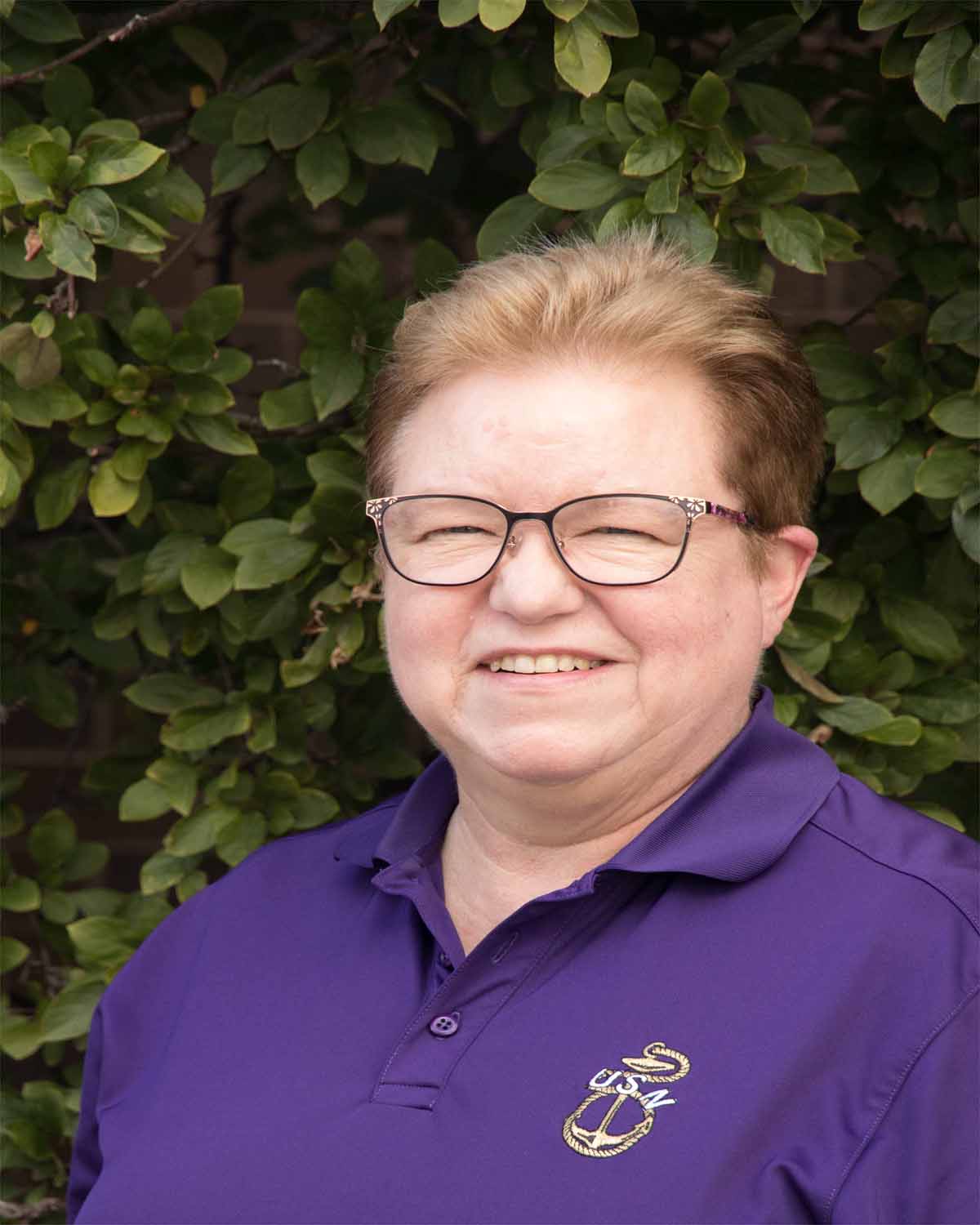
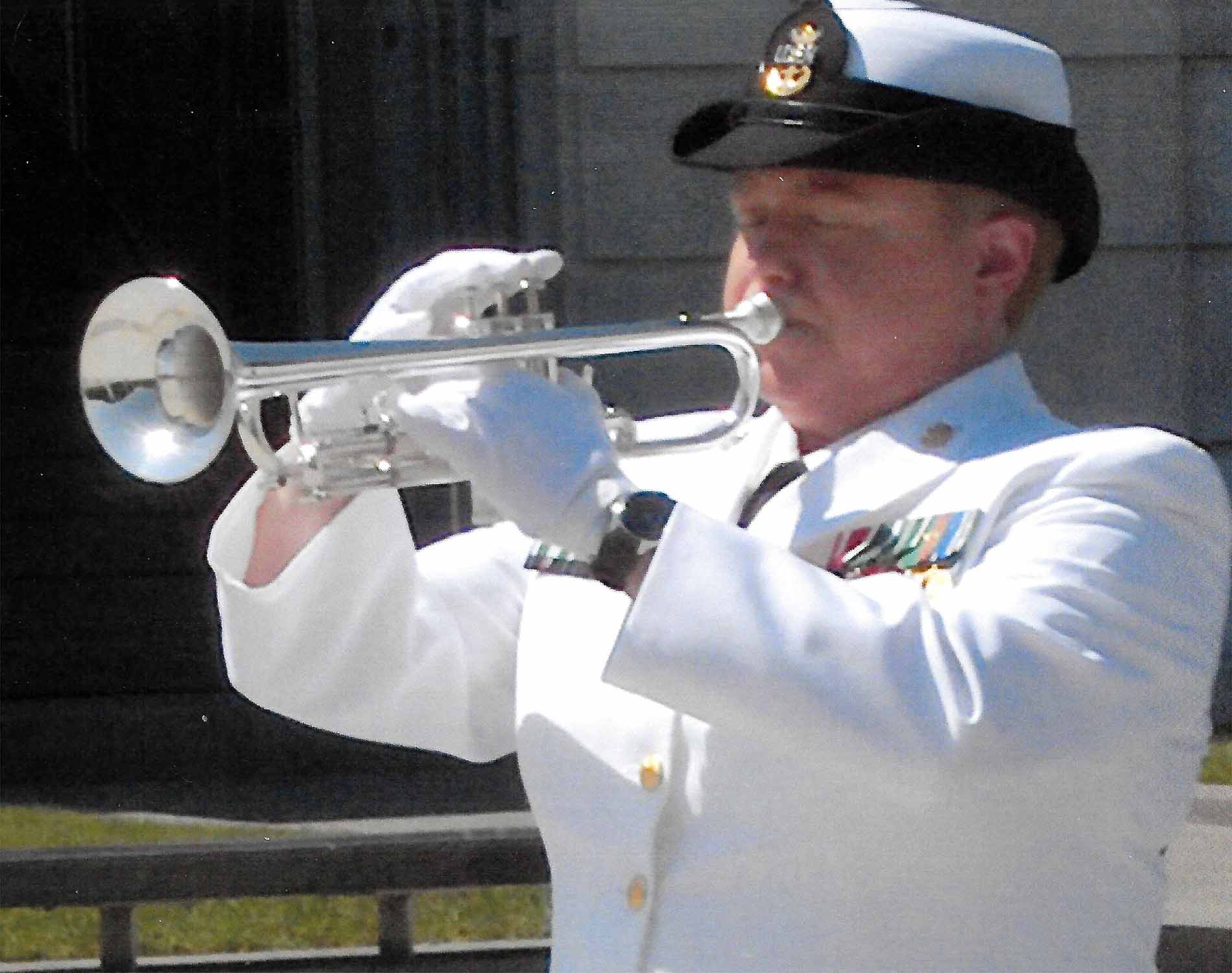
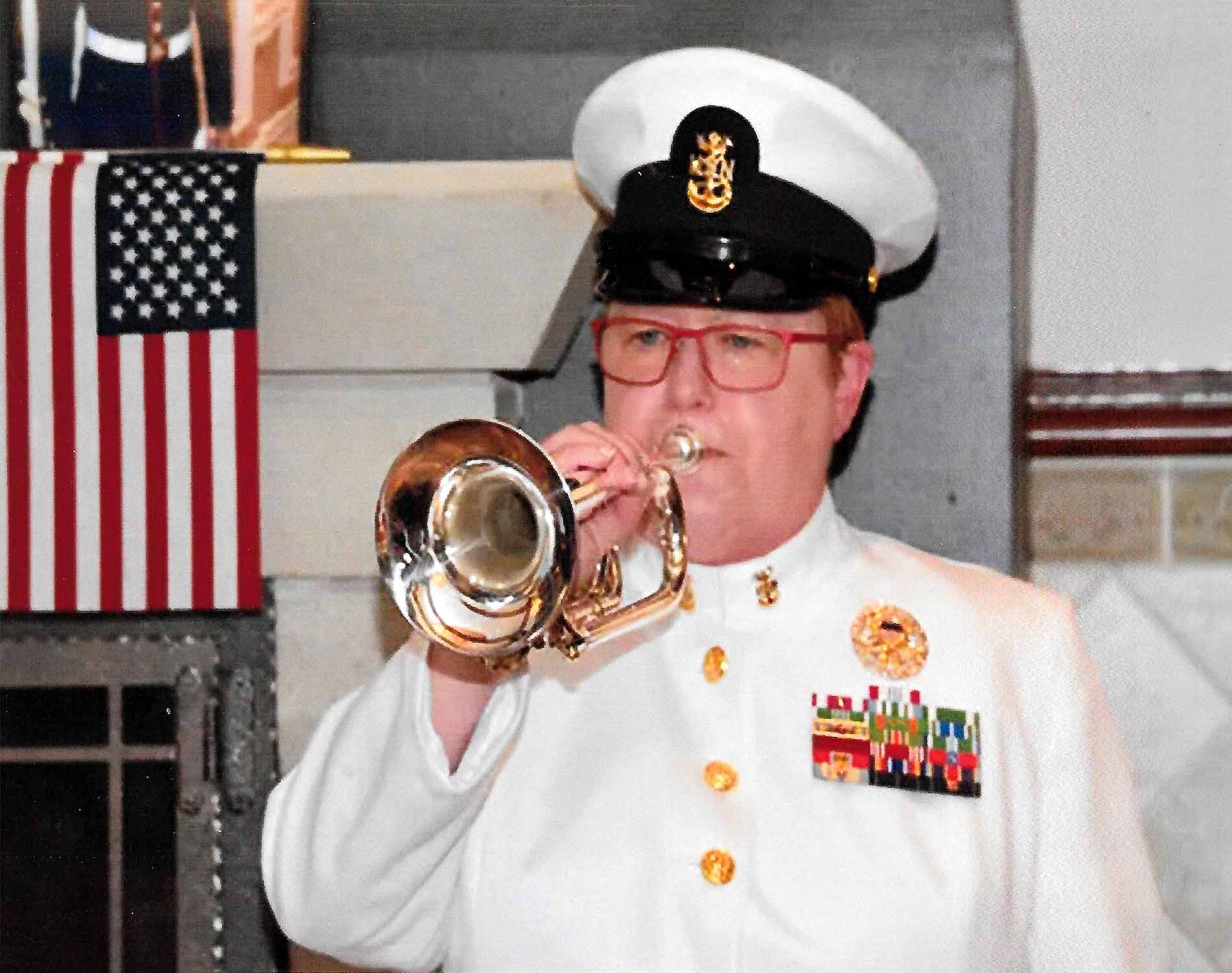
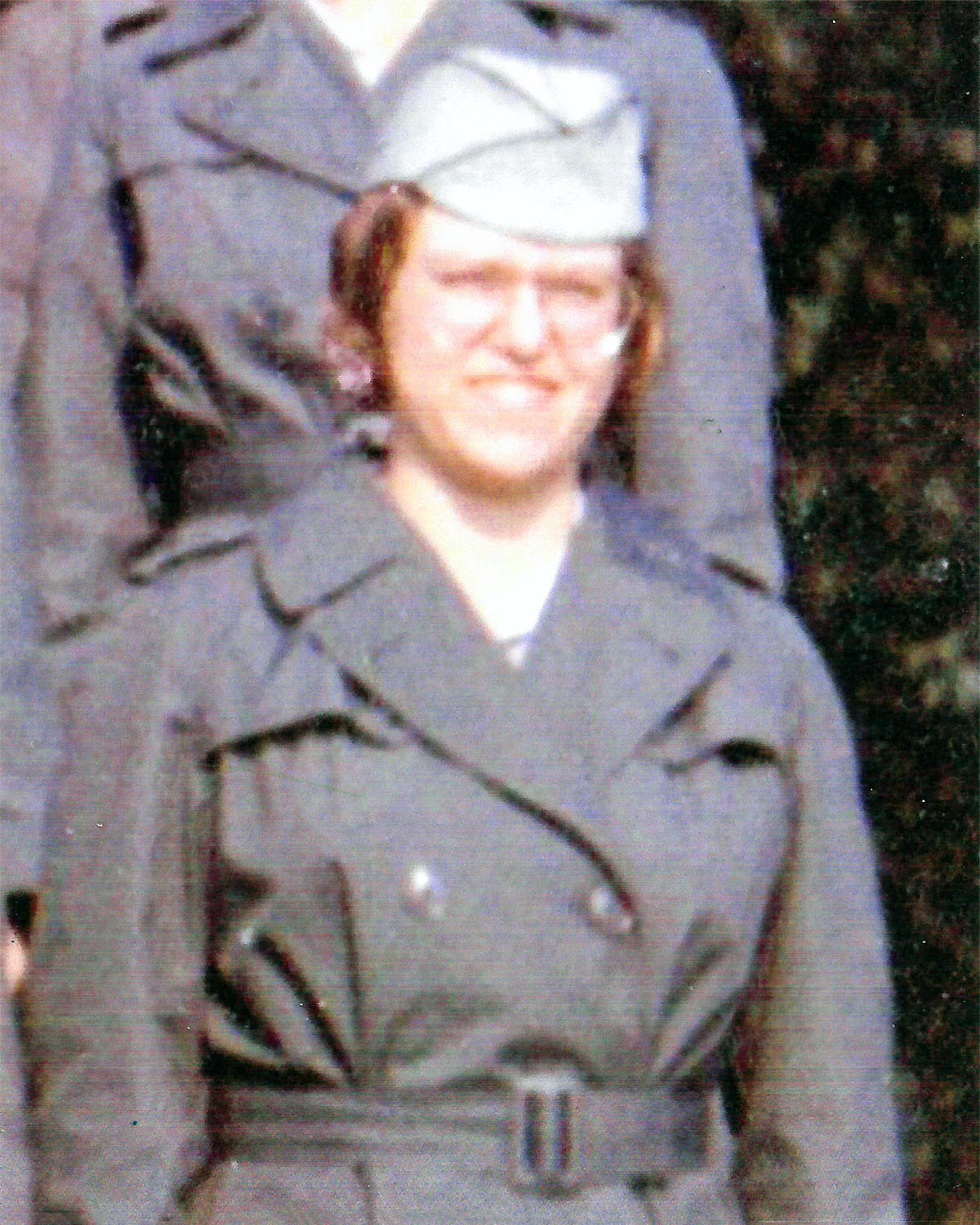
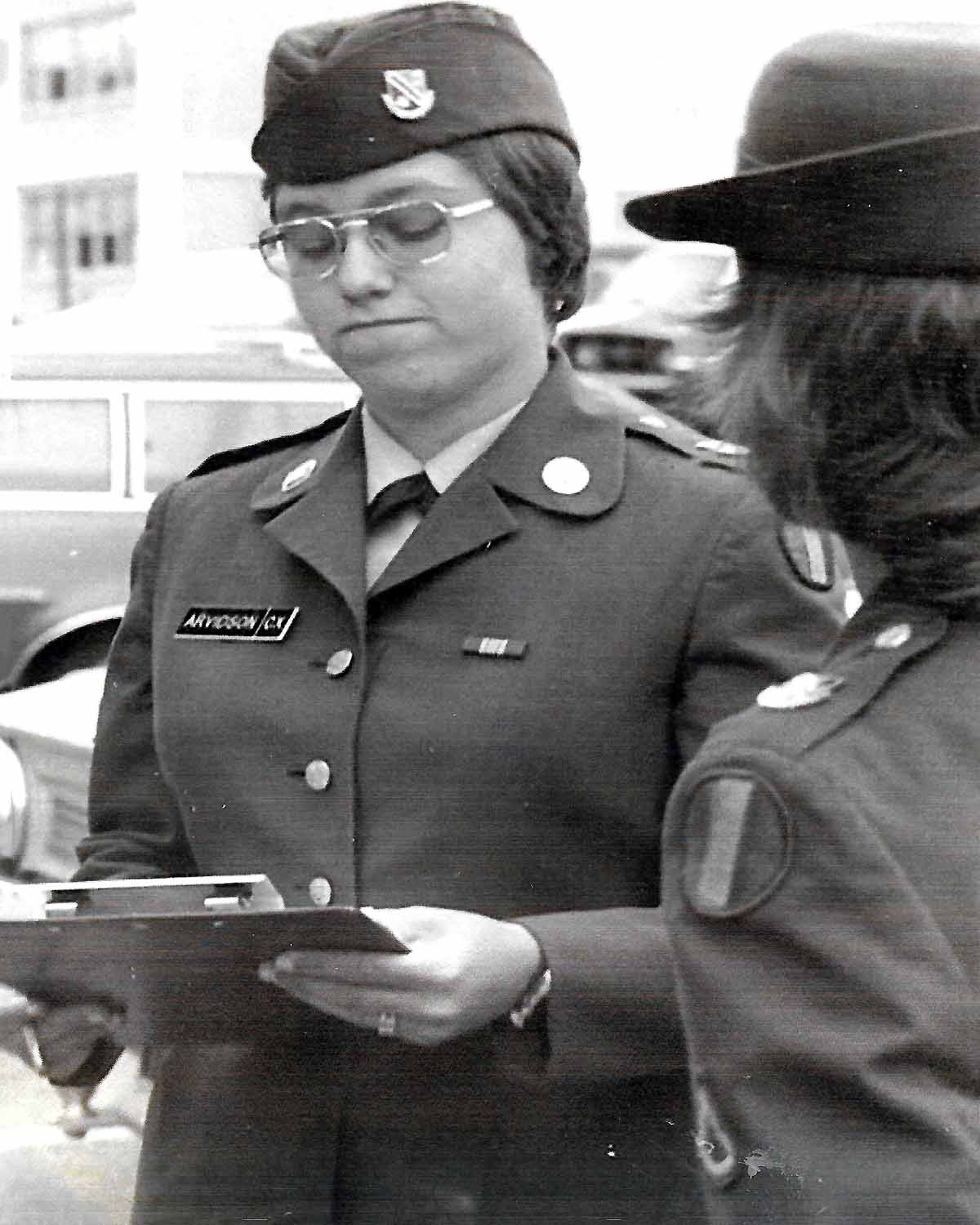
By 1974, Mary was promoted to Barrack Sergeant. She served with 90 fellow students from all three branches of the Service and graduated in early 1975, again second in her class.
Her newly acquired language skills earned her an assignment in Rimbach, a very small city in S.E. Germany next to the Czech border. As there was no official military housing, Mary and seven others were lodged in a “pension” run by an older German gentleman who had fought against the Allied Forces during WWI and WWII. Now, thirty years later, friendly, humorous remarks were exchanged. The monitoring post itself was positioned on a hill from where the Czech border guards could and did wave at the Americans. Nevertheless, their live radio traffic was listened to and tank movements, order of battle, and names of who were in command were tightly monitored by Mary and the others during eight hour shifts. The only regret she has about this period was that she was unable to attend the Winter Olympics that were held in nearby Innsbruck.
By the end of 1975, the analysts were moved back to the base in Augsburg where they were able to use computers. This was an improvement but early 1978 when Mary’s tour of duty was up, she was ready to return to civilian life and finish up school. In 1981, after three years at the University of Illinois at Chicago, she received her B.A. in Criminal Justice. This degree served her well in her position with the Park Ridge Police Department. But her military background kept calling and much to her dad’s pleasure, in 1988 she joined the Navy Reserves in Glenview as an Intelligence Specialist. Along with her civilian job, she first completed two weeks of introduction followed by a commitment for annually one weekend a month and one week of service at the Glenview Naval Base.
This intelligence work was different from what she had been doing before because technology had progressed so much. Instead of reading signals, the intelligence staff interpreted satellite photos trying to identify other nations’ military ships and cargo through the Panama Canal, and tried to find Russian subs. It was interesting work which Mary did with great pleasure till 1996 when as the Senior Enlisted Person, she was promoted to Unit Chief into the administrative part of the operation. As before, she liked dealing with people and now she could also benefit from her college education.
Only days after 9/11, Mary was requested to report to the Office of Naval Intelligence in D.C. to help find shipments by terrorists in the Eastern Mediterranean and the Persian Gulf. Much to her satisfaction, she found quite a few and “loved it when the bad guys lose.” She also realized that because of the events of 9/11, her focus had shifted from mostly local to a national level. While in D.C. Mary oversaw 240 mobilized reservists. After her D.C. assignment, she was promoted to Master Chief. She started working on a national level as a member of the Naval Reserve Intelligence Command Staff and was in charge of overseeing the training of the enlisted personnel. All along, Mary also maintained her job as a computer specialist and dispatcher working for a northwest suburban Chicago 911 Call Center.
In 2005, Mary earned the rank of Regional Command Master Chief. She supervised 10 units of reservists working in intelligence, located in six states. Fortunately, computers and technology had improved intel analysis since her early days. Her job, however, was far from done. The Defense Intelligence Agency contacted her because they needed a Command Master Chief and thought she was just the right person for the job. Mary couldn’t resist the offer. She retired from her civilian job and was put in charge of 600 enlisted personnel all over the world, including embassies. During the three years she held this position, she had the opportunity to visit Vietnam, Thailand, and Japan. She was then stationed at the Pentagon as a Reserve Liaison Officer for the Intel branch of the Joint Chiefs of Staff for a year before retiring after thirty years of service, because “she had reached the upper age limit.”
Mary returned to her old north shore suburbs where today she enjoys visiting with her many relatives. Four of her nephews followed her example and joined the military because “they saw how much fun I had.” Looking back over her long career, Mary noted with satisfaction how much progress there has been for women in the military. She certainly paved the way by becoming the first female Leading Chief for the Intelligence Unit in the area and also the first female Regional Master Chief. A highlight proving her trailblazing certainly was when she was stopped by four young girls at the Great Lakes Naval Training Center. They politely, and though slightly intimidated, asked her if they could talk with her because they had never seen a female Master Chief before. Of course, Mary was pleased to explain and they talked for three hours straight!
Mary, thank you for your dedicated service to your country! Enjoy your well-deserved Honor Flight as part of “Operation Her Story.”


